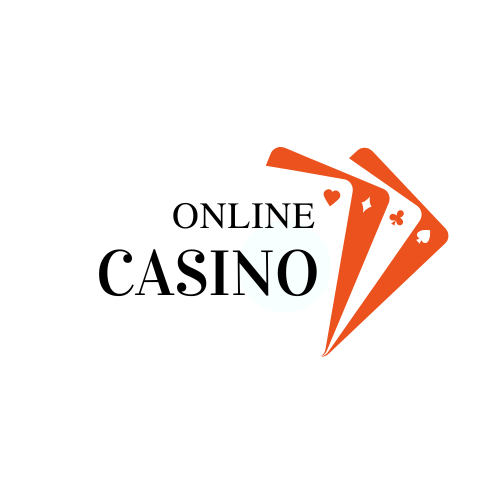Website composition: Creating Connecting with and Viable
In the computerized age, website composition is a vital component in laying out a brand’s web-based presence and connecting with clients successfully. Past making outwardly engaging sites, website architecture envelops an essential way to deal with guarantee ease https://yehyehlogin.com/ of use, usefulness, and a consistent client experience. This article digs into the center parts of website composition, its advancement, latest things, and future bearings.
Understanding Website architecture
Website architecture includes the method involved with arranging and making the visual format and usefulness of a site. Key parts include:
Visual Plan: This perspective spotlights on the style of the site. It incorporates picking tones, typography, pictures, and in general format to make an outwardly engaging and firm plan that lines up with the brand’s personality.
Client Experience (UX) Plan: UX configuration is worried about how clients connect with a site. It includes planning instinctive route, guaranteeing openness, and improving the client excursion to give a smooth and fulfilling experience.
UI (UI) Plan: UI configuration relates to the intuitive components of a site, like buttons, structures, and menus. It guarantees these components are practical as well as outwardly incorporated with the general plan.
Responsive Plan: Responsive plan guarantees that a site performs well on different gadgets and screen sizes. It utilizes adaptable matrices, pictures, and media questions to give an ideal survey insight across work areas, tablets, and cell phones.
The Advancement of Website composition
Website architecture has developed emphatically throughout the long term:
Early Web (1990s): The early web was overwhelmed by essential HTML pages with restricted styling choices. Sites were basically text-based and needed refined plan components.
CSS and Streak Period (2000s): The presentation of Flowing Templates (CSS) took into account more perplexing and outwardly engaging plans. Adobe Streak likewise brought dynamic movements and media components, upgrading intuitiveness.
Responsive Plan (2010s): As cell phones turned out to be more common, responsive plan arose as a need. Sites needed to adjust to various screen sizes, prompting the inescapable utilization of adaptable lattices and media inquiries.
Current Website architecture (2020s-Present): The present website architecture centers around making intuitive and drawing in encounters. The utilization of cutting edge livelinesss, microinteractions, and customized content improves client commitment and fulfillment.
Latest things in Website composition
A few patterns are forming contemporary website architecture:
Moderation: Moderate plan underscores straightforwardness and usefulness. It includes clean lines, more than adequate whitespace, and a restricted variety range, making a smoothed out and centered client experience.
Dull Mode: Dim mode gives an option in contrast to customary light-themed interfaces. It diminishes eye strain, saves battery duration on OLED screens, and offers a cutting edge tasteful that numerous clients like.
Microinteractions: Microinteractions are inconspicuous movements or plan components that answer client activities, for example, clicking a button or finishing up a structure. They give input and guide clients, making the experience seriously captivating and natural.
Uneven Formats: Unbalanced formats split away from customary framework based plans, making a dynamic and outwardly fascinating appearance. This pattern adds uniqueness and catches clients’ consideration.
Intense Typography: Huge, unmistakable textual styles are utilized to feature significant substance and make visual effect. Striking typography improves meaningfulness and adds to the general plan.
Personalization: Customizing content in view of client conduct and inclinations makes sites more applicable and locking in. Custom fitted encounters increment client fulfillment and encourage a more grounded association with the brand.
The Eventual fate of Website composition
Looking forward, a few arising patterns and innovations are probably going to impact the fate of website architecture:
Man-made brainpower (artificial intelligence): simulated intelligence instruments are turning out to be more complex, giving abilities like robotized plan ideas, prescient investigation, and customized client encounters. Simulated intelligence can smooth out plan cycles and improve inventiveness.
Expanded Reality (AR) and Augmented Reality (VR): AR and VR advancements offer better approaches to make vivid and intelligent web encounters. These innovations can change how clients draw in with computerized content.
Voice UI (VUI): With the ascent of voice-actuated gadgets, incorporating voice connections into website composition will turn out to be more significant. VUI takes into consideration without hands, open collaborations, adding another aspect to client experience.
Supportability: As familiarity with ecological issues develops, there is a push for more maintainable website architecture rehearses. This incorporates upgrading site execution to diminish energy utilization and embracing eco-accommodating plan standards.
End
Website architecture is a dynamic and developing field that mixes innovativeness with specialized skill to make drawing in and compelling computerized encounters. From its beginning of straightforward HTML pages to the modern, intuitive plans of today, website architecture keeps on adjusting to address the issues of clients and progressions in innovation. Embracing latest things and expecting future improvements will be fundamental for making sites that stay significant, effective, and client focused in an always changing advanced scene.
